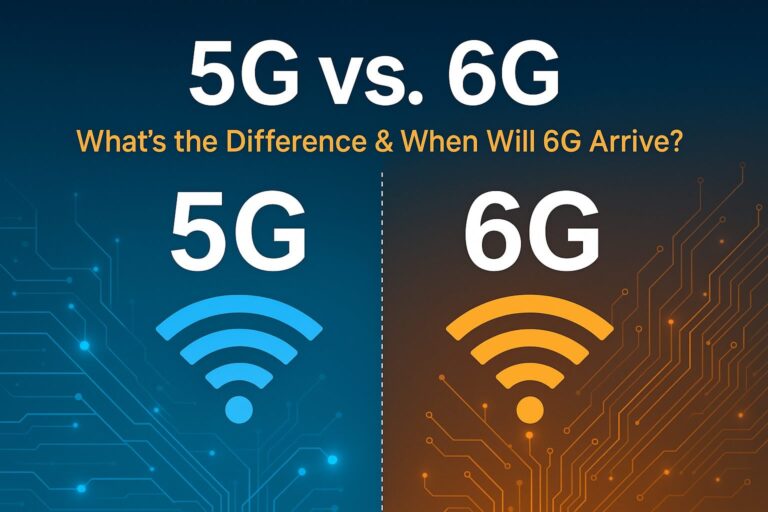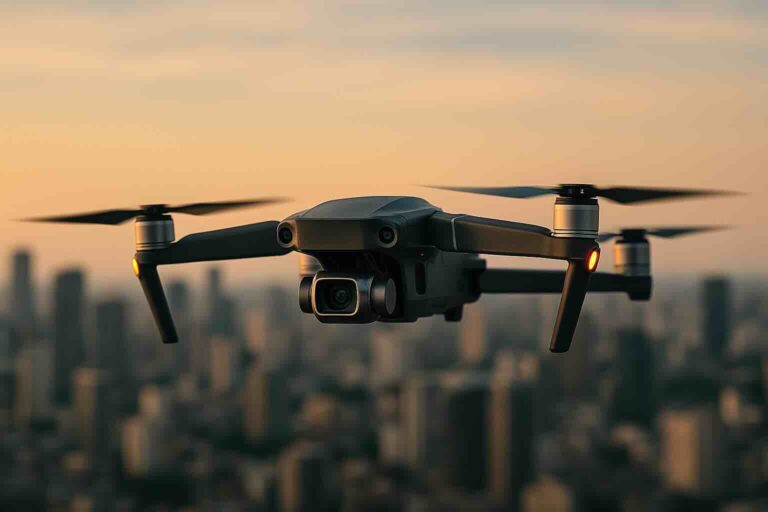In an era of escalating security concerns and digital transformations, biometric technologies have emerged as the vanguard of authentication and security. From facial recognition to DNA-based authentication, this article delves into the evolution, advancements, and pivotal role of biometrics in shaping the future of security measures.
Evolution of Biometric Technologies
The evolution of biometric security dates back to ancient times when fingerprints were used for identification. Over the years, advancements in technology have led to the integration of various biometric modalities, including:
- Facial Recognition: Analyzing facial features for identification and verification.
- Iris Scanning: Mapping unique patterns in the iris for precise identification.
- Fingerprint Recognition: Analyzing fingerprint patterns for authentication.
- Voice Recognition: Utilizing voice patterns for user identification.
- DNA-Based Authentication: Leveraging genetic information for highly secure authentication.
Advancements in Biometric Security
Facial Recognition
Facial recognition technology has made significant strides, enabling seamless and accurate identification in various sectors, from unlocking smartphones to surveillance and access control systems.
DNA-Based Authentication
The advent of DNA-based authentication presents an unparalleled level of security. By analyzing genetic information, this technology offers robust authentication, especially in high-security scenarios like banking and healthcare.
Role of Biometric Technologies in Future Security Measures
- Enhanced Security in Multiple Sectors: Biometrics revolutionize security in banking, healthcare, government agencies, and critical infrastructure by providing foolproof identification and access control.
- Convergence with AI and Machine Learning: Integration of biometric technologies with AI and machine learning enables continuous advancements, improving accuracy and adaptability.
- Addressing Security Challenges: Biometric technologies offer solutions to security challenges such as identity theft, fraud, and unauthorized access, enhancing overall security posture.
Ethical and Privacy Considerations
While biometric technologies offer unparalleled security, they raise concerns regarding privacy infringement and ethical considerations. Striking a balance between security and privacy remains a paramount challenge.
Future Trends and Innovations
- Multimodal Biometrics: The fusion of multiple biometric modalities for heightened security and accuracy.
- Biometric Wearables: Wearable devices with built-in biometric authentication for seamless and secure access.
- Continued Research and Development: Ongoing advancements in biometric technologies with a focus on accessibility, accuracy, and ethical use.
Conclusion
Biometric technologies represent a monumental leap in the realm of security, offering innovative and reliable authentication methods. With the ongoing evolution and integration of diverse biometric modalities, these technologies are poised to redefine security measures and shape a safer future. However, navigating the ethical and privacy challenges associated with their widespread adoption remains crucial for responsible deployment in tomorrow’s world.












